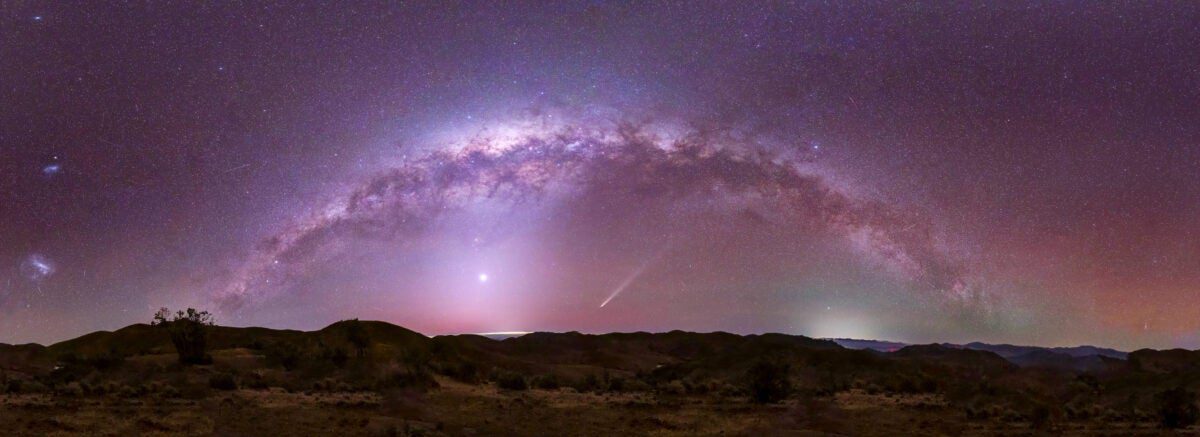Can the Supreme Court End Birthright Citizenship?
Trump’s Order and the Legal Battle Explained The question Can the Supreme Court end birthright citizenship? It has sparked intense debate across the United States. At the center is the Fourteenth Amendment’s Citizenship Clause, which guarantees citizenship to anyone born on U.S. soil. In 2018, President Trump issued an executive order aiming to end this … Read more









